oneCORE Cheat Sheet
A comprehensive reference guide to oneCORE platform terminology and features. Easily search through definitions to quickly find what you need.

A feature for shop user's account overview.

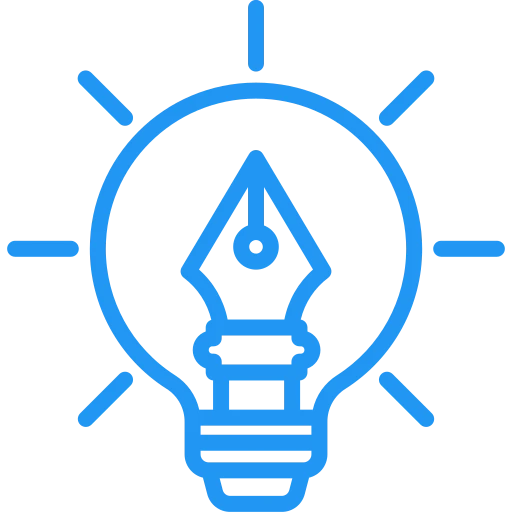


Each customizable element of a product that can be combined to create a unique product.

ERP stands for Enterprise Resource Planning. It is a comprehensive system that enables businesses to manage and streamline key operations—such as quotations, orders, inventory, and invoicing—within one integrated platform.
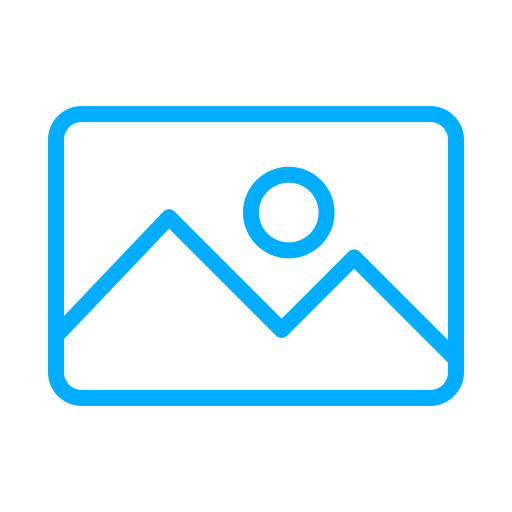
A feature that allows you to assign a product to an image in the image library or product images.


Checkout pages, including customer information, shipping/billing address, shipment method, payment, and order confirmation pages.

A section on a page, which is one of oneCORE’s features and serves as a template for users to input content to be displayed on the page.


A feature that allows users to edit the content of a page directly within its component or layout.


Product Attachments is a oneCORE feature that allows users to upload files such as product catalogs or other related documents directly to a specific product.

The Product Configurator, part of Colengo’s suite of products built on the oneCORE e-commerce platform, enables users to configure products and view real-time updates or changes based on selections in the configuration panel, with or without a 3D model.

A text input field that provides advanced styling options, including bold, italic, bullet points, font typefaces, and other formatting tools.


Sales Portal is a user-friendly platform that enables product configuration and the instant creation of quotations or orders, either in the oneCORE system or via an integrated external ERP system.

A function within the component editor that enables users to create custom sections, combine multiple components, and integrate these sections into the main component editor.

The Table du Sud Configurator for chairs, specifically developed for Table du Sud, one of our e-commerce clients.

able du Sud Configurator — Version 3

A sidebar is a vertical panel displayed on the side of a screen or window, offering quick access to navigation, tools, or additional content in e-commerce websites, product configurators, and the sales portal.
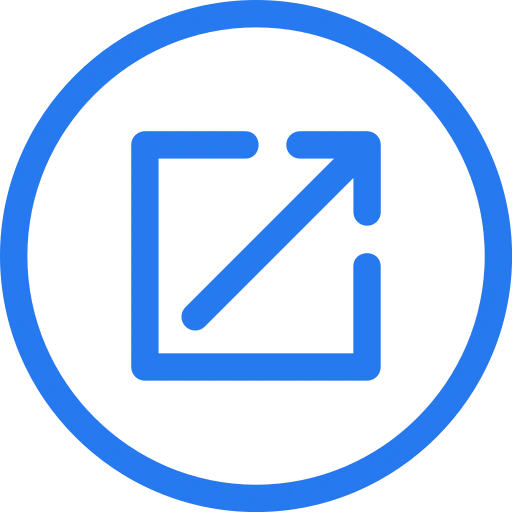
The header is the top section of a screen or webpage, typically containing the title, logo, navigation links, and other important elements such as the shopping cart and login access points.

The footer is the bottom section of a page, typically showing additional information such as contact details, navigation links, or copyright information.

In oneCORE, the Headlines feature manages webshop or website content for frontend elements, including images and titles, and links them to specific categories, products, pages, or other relevant items. It provides precise control and organization to ensure consistent and accurate presentation throughout the site.

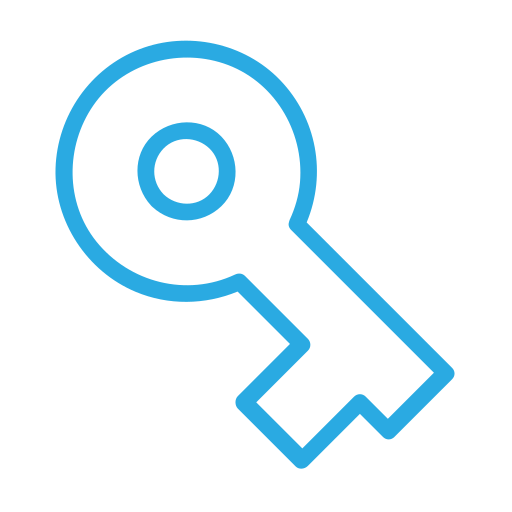
Translation keys are unique keywords in software or websites that map text strings to translations in multiple languages.


Orderflow is the checkout process following item selection, encompassing the entry of shipping and billing addresses, selection of shipping and payment methods, and finalization of the purchase. This feature is developed by Colengo.

A dynamic form is a configurable form that adapts automatically according to admin settings or user input, enabling flexible and efficient data entry.

In webpage content management, source code is the underlying text, such as HTML, that specifies the structure, content, and formatting of a webpage.

E-commerce platform developed by Colengo.

User login and access control functionality, managed by oneCORE.

Taxonomy tags are versatile elements whose display depends on the shop’s implementation. They can act as filters on category pages, present product specifications, highlight labels such as “New” or “Best Seller,” or provide delivery information. An option to show or hide tags in the feed allows for flexible presentation.

Histories of something.

A feature that allows users to manage locations, including entering addresses, opening hours, and additional information as needed.

The 3D Product Configurator is an interactive feature that allows users to customize products and view real-time updates with an instant 3D model.

Each product edition corresponds to the various configuration steps, modules, or option groupings within a product.

In oneCORE, an image tag enables the addition of specific content to an image for frontend display, depending on page layout and shop integration. Examples include tagging a product or allowing direct add-to-cart actions without navigating to the product details page.
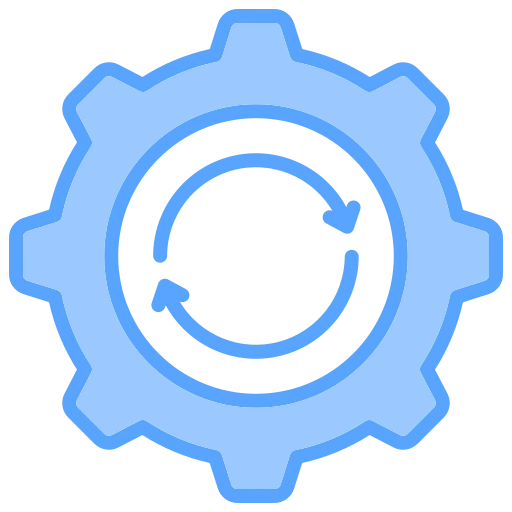
API settings define the configuration required to connect and interact with an API, including access keys, endpoints, and data formats.
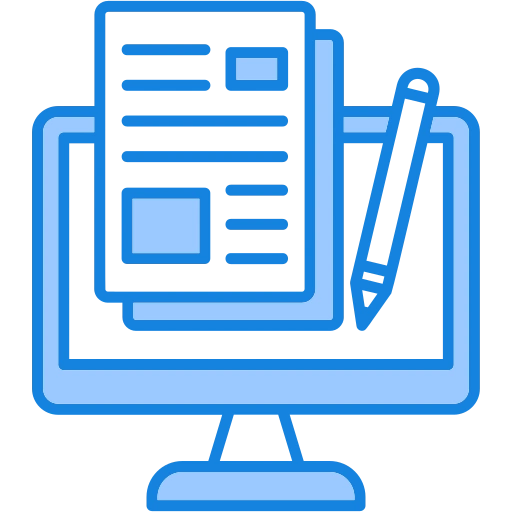
The management of access permissions for each specific API or endpoint.

API clients are the individuals or systems that interact with an API to retrieve or exchange data.

Shop tokens are unique codes that provide access to specific parts of a webshop or facilitate communication between systems, such as accessing the oneCORE database or connecting oneCORE with an external ERP system.
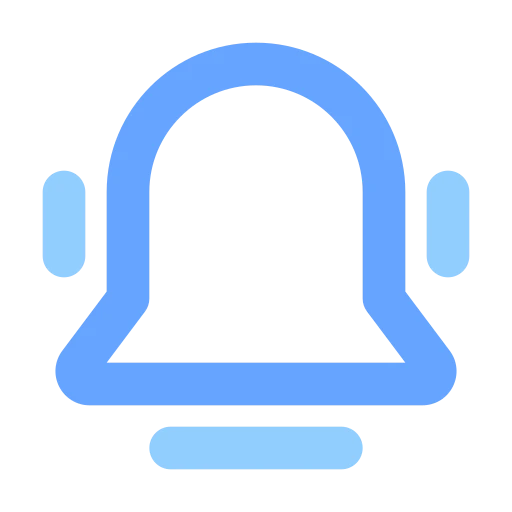
Notification templates are pre-configured email formats that automatically deliver messages, including alerts or updates, to users.

A feature that allows users to manage notifications shown on the frontend of a shop.

Product feeds are structured files or data streams containing product details, such as name, price, and availability, which facilitate sharing or synchronization with external platforms, including marketplaces and advertising channels.

Payment providers are entities that process online payments, allowing customers to complete transactions safely on websites or applications.

Payment methods are the various options available to customers during the checkout process, allowing them to complete their purchase using services such as credit cards or PayPal.

An achievement is a goal or milestone successfully attained, typically by reaching a spending limit, completing profile information, or performing other specified actions.

A oneCORE tenant refers to an independent account or workspace within the oneCORE platform, allowing management of specific projects, clients, or environments separately.

In oneCORE, an Organization represents a top-level tenant capable of encompassing multiple companies.

In oneCORE, a Company represents a subdivision of an Organization. Each Organization can contain multiple companies, with each company managing its own distinct data and settings.

Shop features refer to the available functionalities within the oneCORE platform that can be selectively enabled or disabled for each shop.

Account Features is a shop feature in oneCORE that allows all clients to manage user account details and information.

The Orderflow feature is a fundamental shop functionality in oneCORE that enables all clients to efficiently manage their checkout processes.

Permissions is the section where access rights are assigned to roles, enabling administrators to control and restrict user access within oneCORE.

Permission Groups consist of sets of access rights assigned to roles, enabling administrators to manage what individual oneCORE users can view or modify.

Permission Roles specify sets of access rights granted to users or groups, determining their level of access and permitted actions within oneCORE.

oneCORE users (administrators) are individuals granted specific roles and permissions, allowing them to manage and configure features across the oneCORE platform.

Shop users are individuals responsible for sales activities in specific shops within the oneCORE platform.

Shop users are the end customers associated with specific shops within the oneCORE platform.

3D textures function like media files that can be uploaded and applied to products during configuration, allowing customization of their appearance.

The 3D Product Configuration String is an embed code used to consolidate all selected product editions (numbers) into one continuous string.

The 3D Look-Alike Product field, located in the product details section, allows configuration of products in the 3D Product Configurator, providing a richer experience than the 2D configurator.

Jisoo acts as the integration layer between oneCORE and external systems, facilitating smooth data exchange.

If a product edition cannot accommodate a complex price list, the prices are defined in an External Price and subsequently imported into oneCORE.

External Price RedisCache is a high-speed data storage within oneCORE that temporarily stores pricing information from uploaded CSV files, covering all product configurations and their associated prices, to enable rapid retrieval during pricing calculations.

The Top Menu is the quick navigation menu located in the header of an e-commerce website. While it does not show all available shop menus, it emphasizes selected key items. The menu can be customized via the Menu Editor in oneCORE and is rendered according to the shop’s frontend design. Implementation depends on specific requirements and design considerations.

The Top Menu is the quick navigation menu in the header of an e-commerce website. It highlights selected key items rather than displaying all shop menus. The menu can be customized using the Menu Editor in oneCORE and is rendered according to each shop’s frontend design. Implementation may vary based on specific requirements and design.

A reference group that can contain multiple specific product editions.

The Menu Editor allows users to create and manage website navigation menus efficiently. It supports four types of links: manual links, product links, category links, and page links.

Manual Link Type is one of the four link options in the oneCORE menu editor. With this type, you can specify the menu title, menu URL, select the languages in which the menu will appear on multilingual websites, and choose an image or icon for the menu item.

Product Link Type lets you link a specific product to the menu by selecting it from a dropdown or entering its URL if not listed. Like the manual link type, you can choose the languages for display on multilingual sites and select an image or icon for the menu item.

Category Link Type is a menu link option in oneCORE that allows you to link directly to a product category. You can select the category from your catalog, choose which languages the menu appears in on multilingual sites, and assign an image or icon for the menu item.

The Page Link Type in oneCORE enables linking a menu item directly to a specific page on your website. Users can select the page from available options, configure the languages for multilingual display, and assign an image or icon to the menu item.

The process of making a software application or system available for use. It involves taking the code that has been developed and tested, and putting it into a live environment where users can access and interact with it.
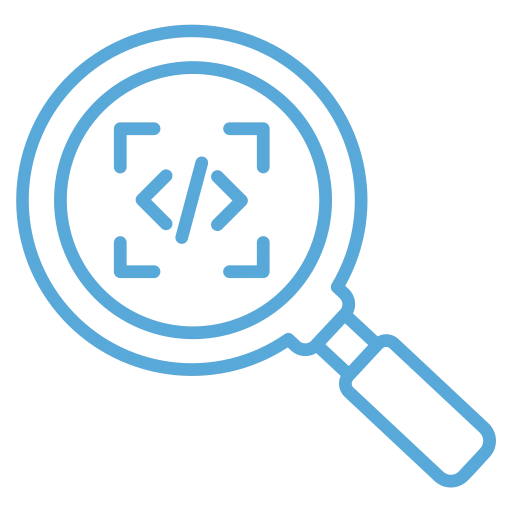
A pull request is a formal submission of proposed code changes from one branch to another in a version control system, allowing others to review, discuss, and approve the changes before they are merged into the main codebase.

A hotfix is a quick and urgent update made to fix a critical bug or issue in a live (production) system. It is usually applied directly to the production environment to resolve problems like crashes, security vulnerabilities, or broken functionality without waiting for a full release cycle. The hot fix must be fixed and deployed within the same day.

Colengo uses Figma as their main tool for designing websites and other design related tasks.

Testing environment with testing link, that runs a copy of the website or app with a testing link. It uses a database that is the same as production but only 1 day old, allowing safe testing without affecting live data.

Mock up the design into HTML-CSS

A Tester (QA) is a person who checks software or products to find bugs and ensure they work correctly before release.
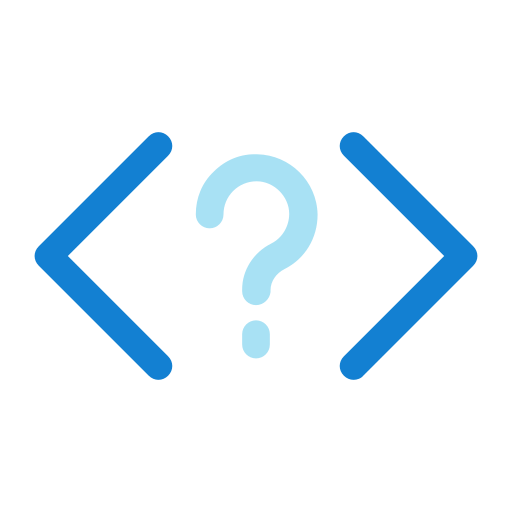
A code reviewer is responsible for reviewing and assessing others’ code to verify its quality and correctness prior to passing it to the QA department for testing.

Customer Q&A is a task tag in Asana that signifies the need for customer input or clarification before the task can progress.

This stage occurs when a task is under review or testing and contains issues or defects that must be resolved by the developer prior to release.
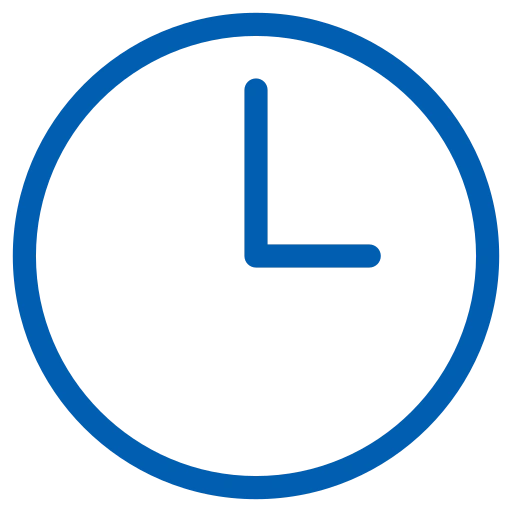
Everhour is a time tracking and project management tool that helps teams monitor work hours, manage tasks, and track project progress.
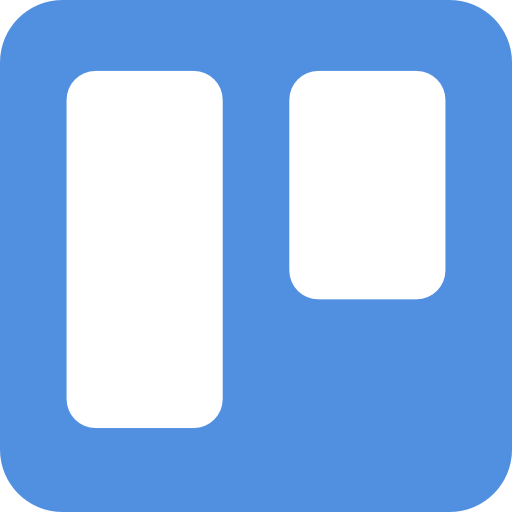
Asana is a web-based project management platform that enables teams to organize, monitor, and manage tasks and workflows. Colengo utilizes Asana for its project management needs.

A limited-scope project undertaken to develop a prototype or sample product configuration, including 3D modeling.
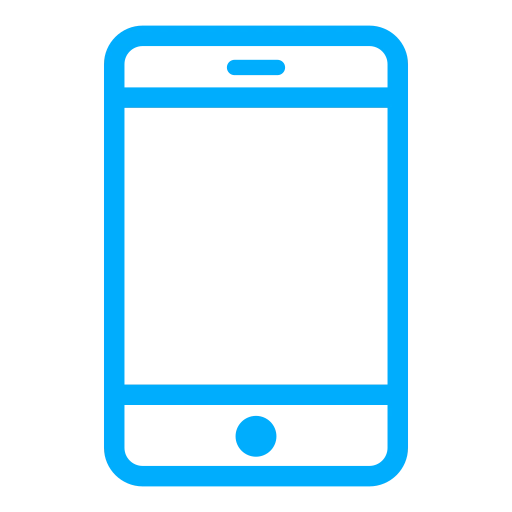
Payment service provider.

Daily team meeting to update the current progress of any on-going development tasks.

Quarterly Company Meeting.

A feature that lets users set default values for the product and edition when creating a new product, since the system doesn’t allow editing these options before the product is created.

Products that provide customers with configurable options, such as size, color, material, or features, which can be selected prior to requesting a quotation or placing an order.

A product quotation document represents the summary of the configured product with all configuration details.

A feature that allows configuring standard image sizes for automatic generation, helping to optimize page loading performance.

A page section, or a oneCORE feature providing a template that allows users to input and display content on a page.

Covers the configuration of company logos, brand colors, and favicon icons within the company settings.

A user-friendly tool for creating, editing, and visualizing API definitions, streamlining the validation of API documentation. Accessed by {shop URL}/api-swagger.
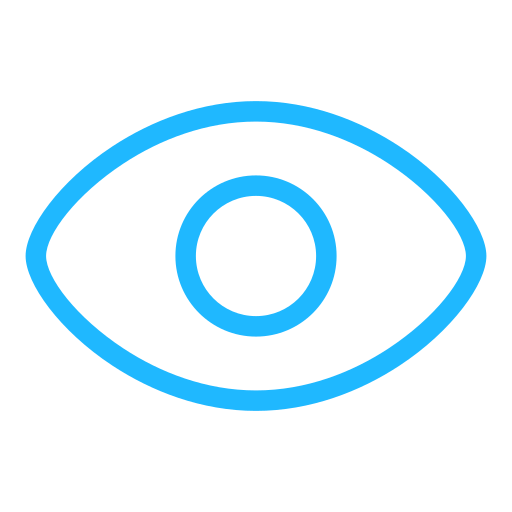
An interactive 3D product viewer designed by Colengo for eCommerce and digital showrooms.

SendGrid is a cloud-based email service that we will use for product configuration.



